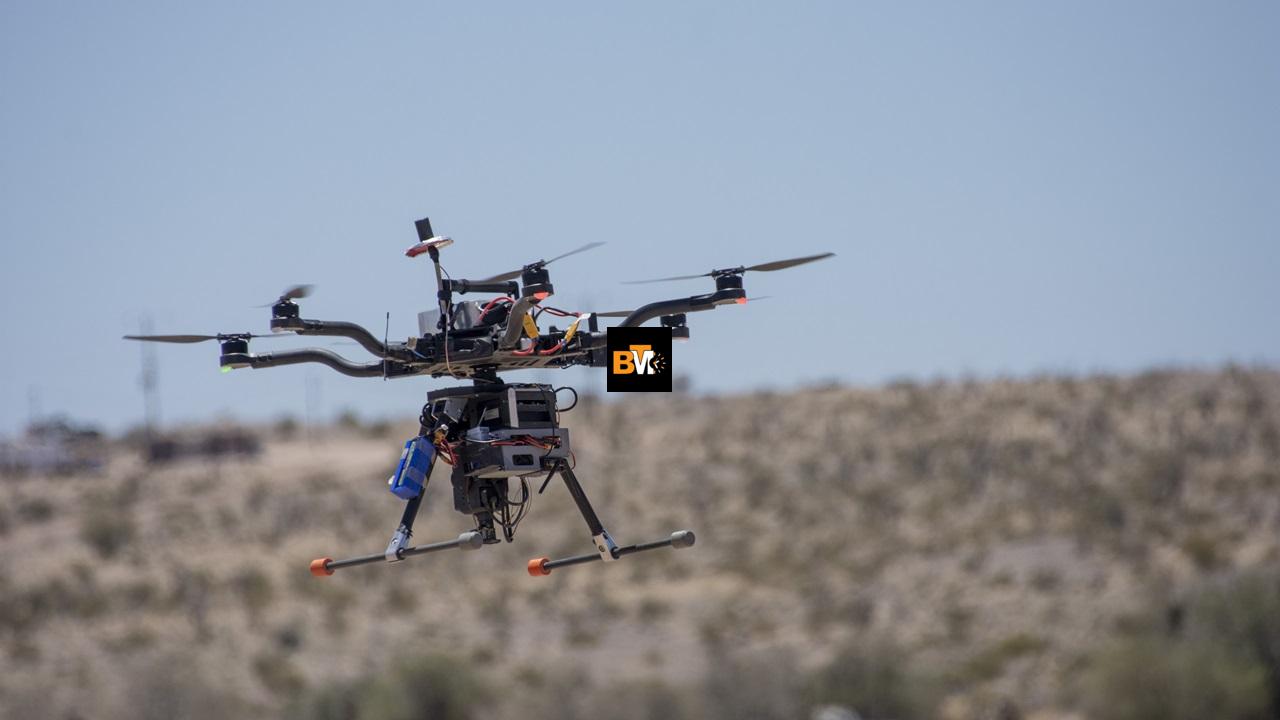Artificial intelligence is reshaping aerial navigation, making unmanned aerial vehicles (UAVs) smarter, more autonomous, and capable of operating in environments where traditional navigation methods fail. From deep-learning-powered sensor fusion to real-time obstacle avoidance, AI is at the core of modern aerial innovations.
AI-powered autonomy beyond GPS
Conventional UAV navigation relies heavily on GNSS (Global Navigation Satellite System). However, signal interference, urban canyons, and intentional jamming often compromise accuracy. AI navigation systems now offer a viable alternative, enabling drones to operate in GNSS-denied environments through advanced sensor fusion and machine learning algorithms.
By integrating data from inertial measurement units (IMUs), magnetometers, barometers, and optical flow sensors, AI systems continuously refine positioning accuracy. Unlike standard Kalman filters, deep-learning models dynamically adapt to environmental conditions, compensating for drift and ensuring precise flight control.
Real-time decision-making and obstacle avoidance
AI-driven UAVs can now identify, predict, and react to obstacles in real time. Using onboard computer vision and LiDAR-based perception, drones build a 3D map of their surroundings, enabling safe navigation even in cluttered or GPS-degraded environments. This capability is particularly valuable for applications like search and rescue, where UAVs must navigate dense forests, collapsed structures, or low-visibility conditions.
Some AI models also leverage reinforcement learning, allowing UAVs to improve their flight patterns over time. By simulating thousands of flight scenarios, these systems refine decision-making processes, ensuring optimal route planning and energy efficiency.
Enhanced mission adaptability with AI
Traditional UAV navigation follows predefined waypoints, limiting adaptability in dynamic situations. AI-driven systems, however, enable real-time mission adjustments. By analyzing weather patterns, terrain variations, and potential threats, AI-powered UAVs can autonomously re-route, avoid hazards, and optimize flight efficiency.
This innovation is particularly crucial in military and industrial applications, where unpredictable conditions require rapid response and adaptive navigation. AI also plays a vital role in autonomous swarming, where multiple UAVs coordinate movements without direct human intervention, enhancing efficiency in surveillance and logistics.
The future of AI navigation in aerial systems
AI is rapidly advancing toward full autonomy, where UAVs can execute complex missions with minimal human input. Future developments include self-learning AI models capable of long-term adaptation, enabling drones to evolve based on flight experience.
Additionally, AI integration with quantum sensors and neuromorphic computing promises even greater accuracy and efficiency. These technologies will further enhance UAV navigation, allowing seamless operations in GPS-denied and extreme environments.
With AI at the forefront of aerial navigation, the future of UAV technology is set to be safer, more intelligent, and increasingly independent from traditional navigation constraints.







Leave a Reply